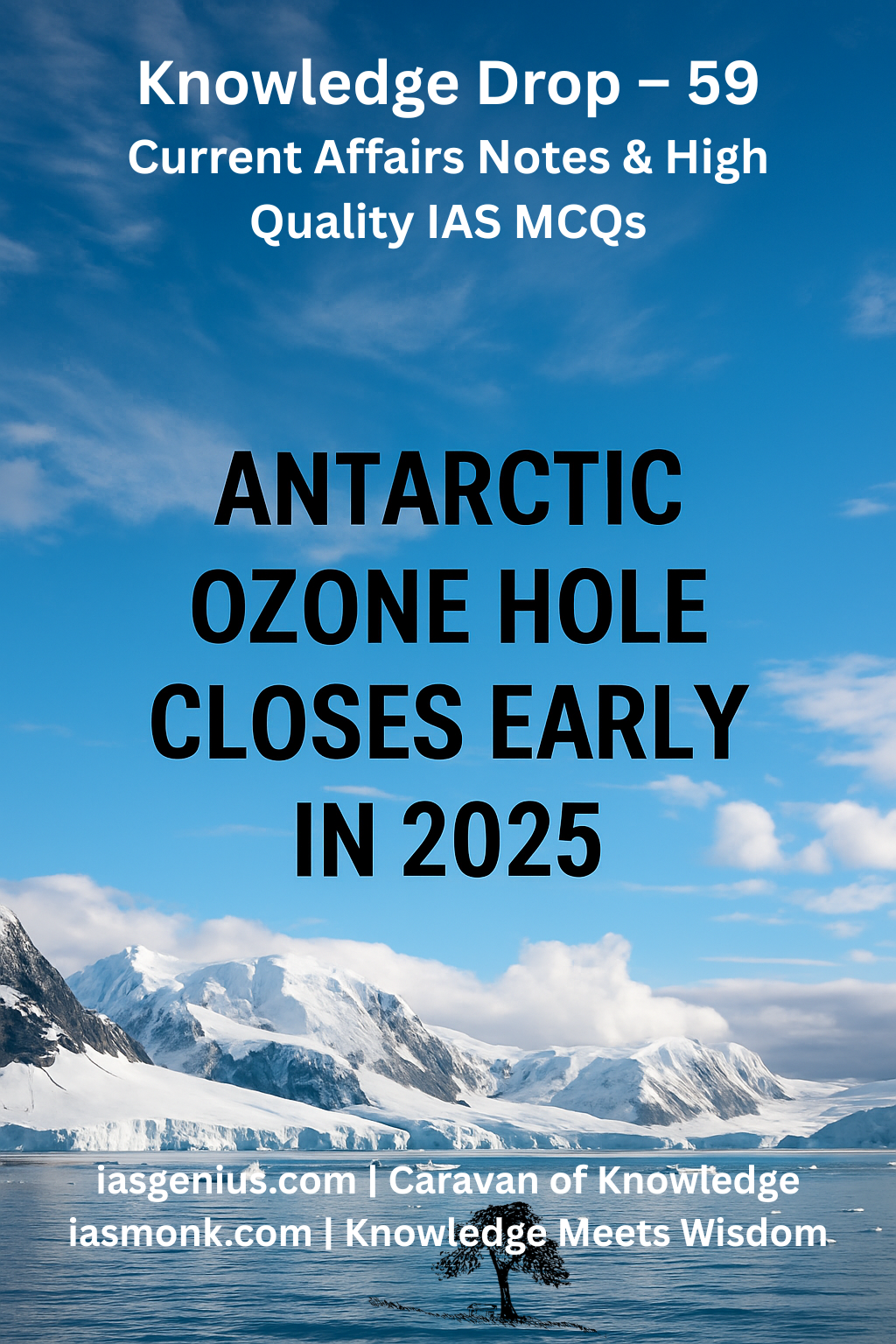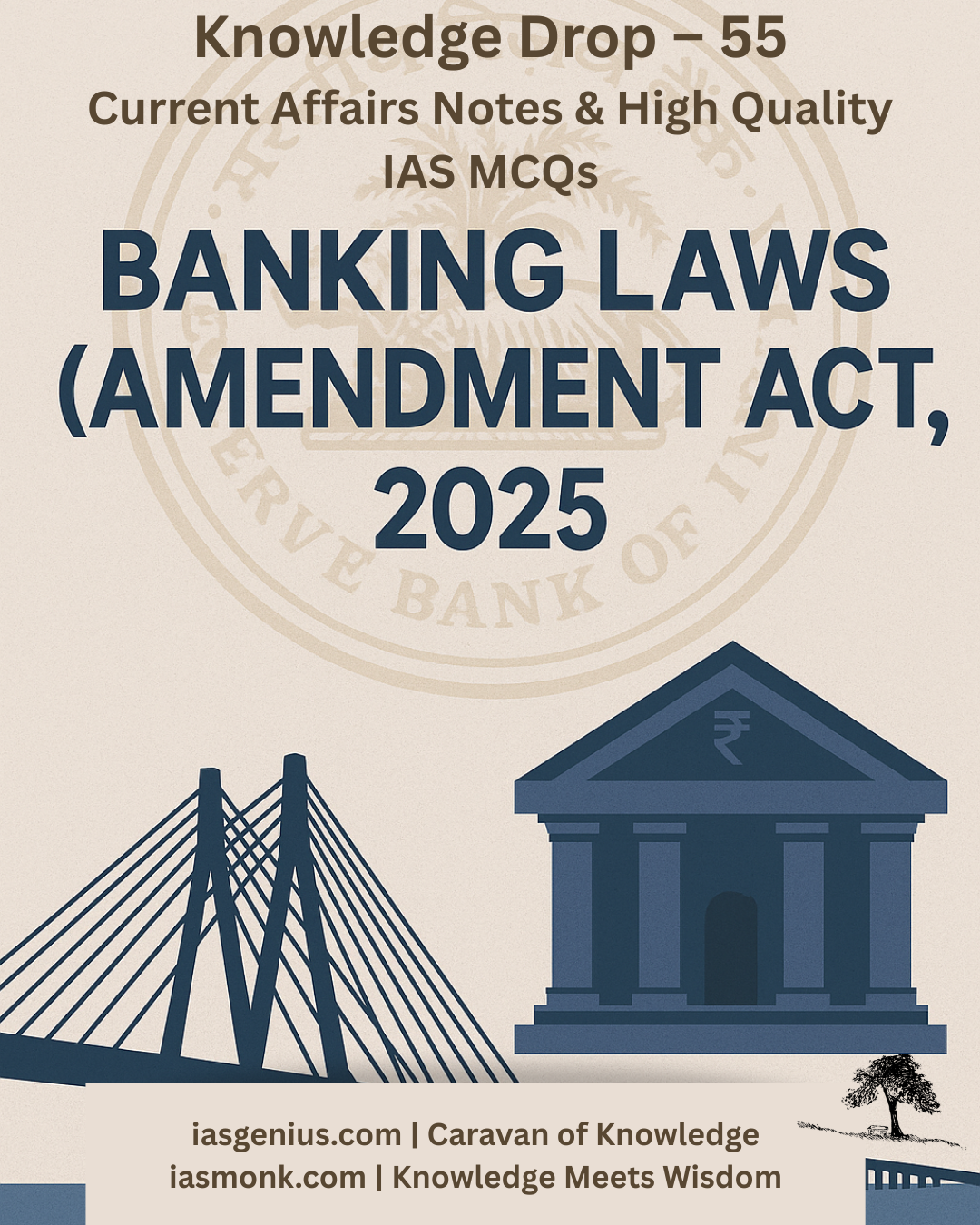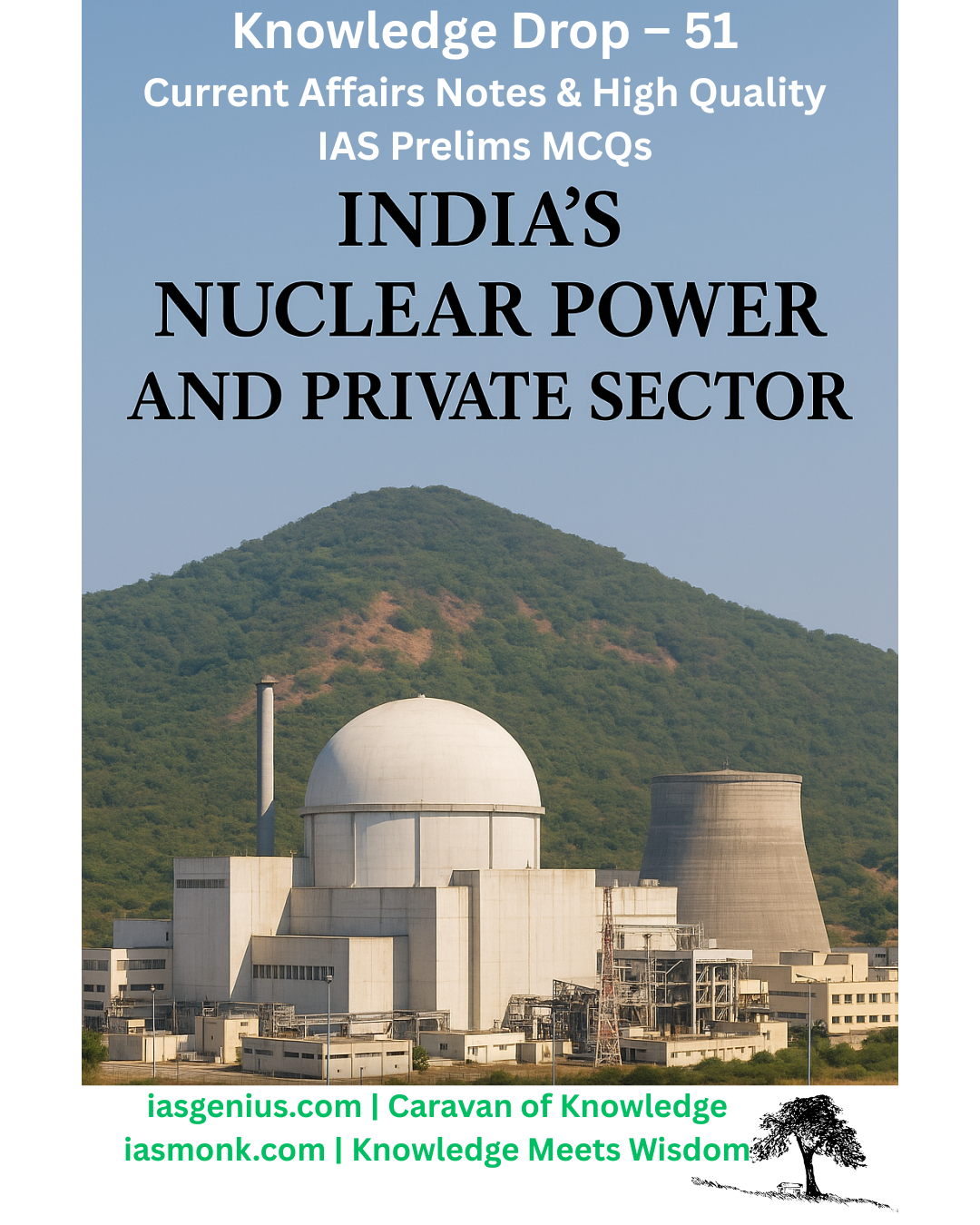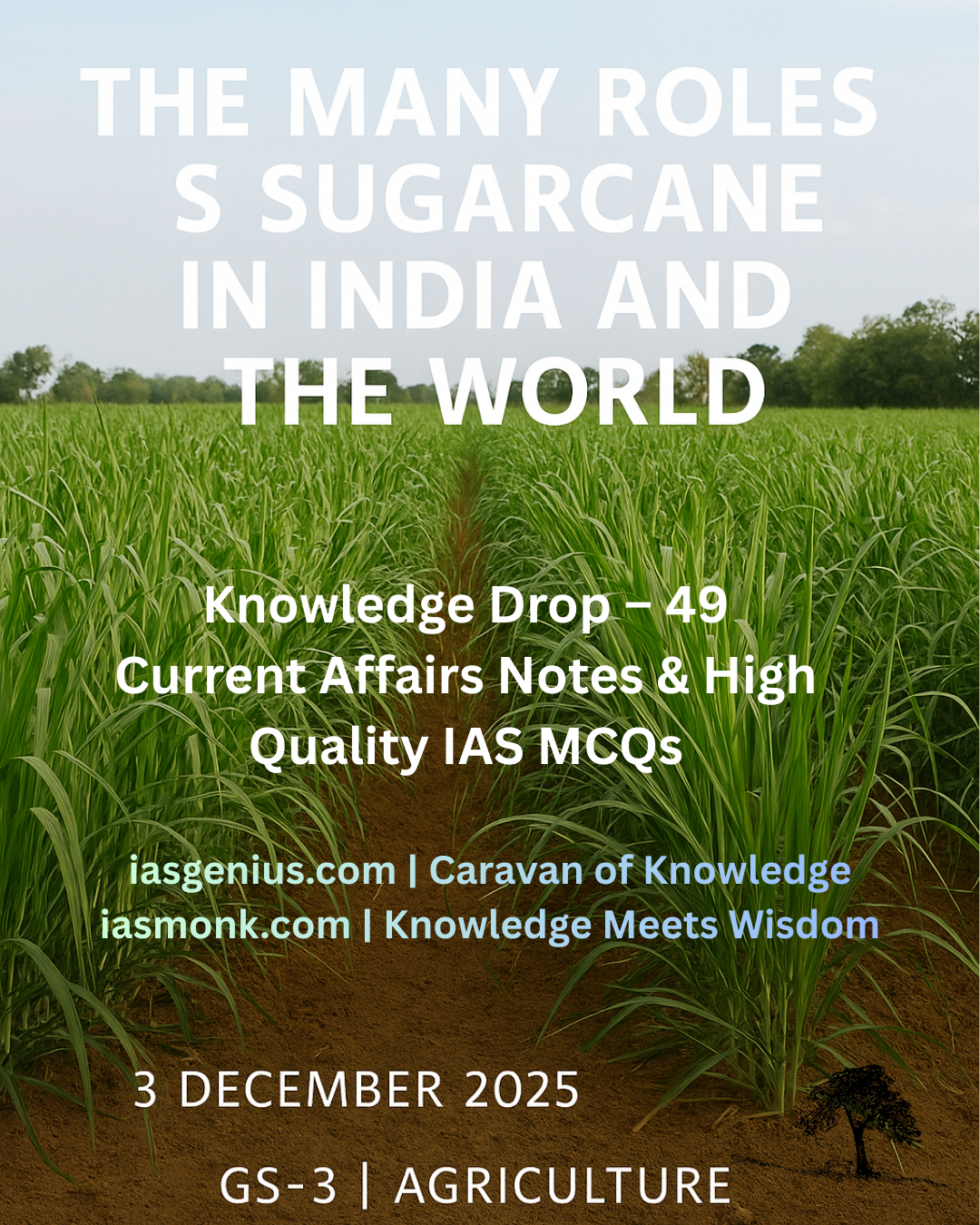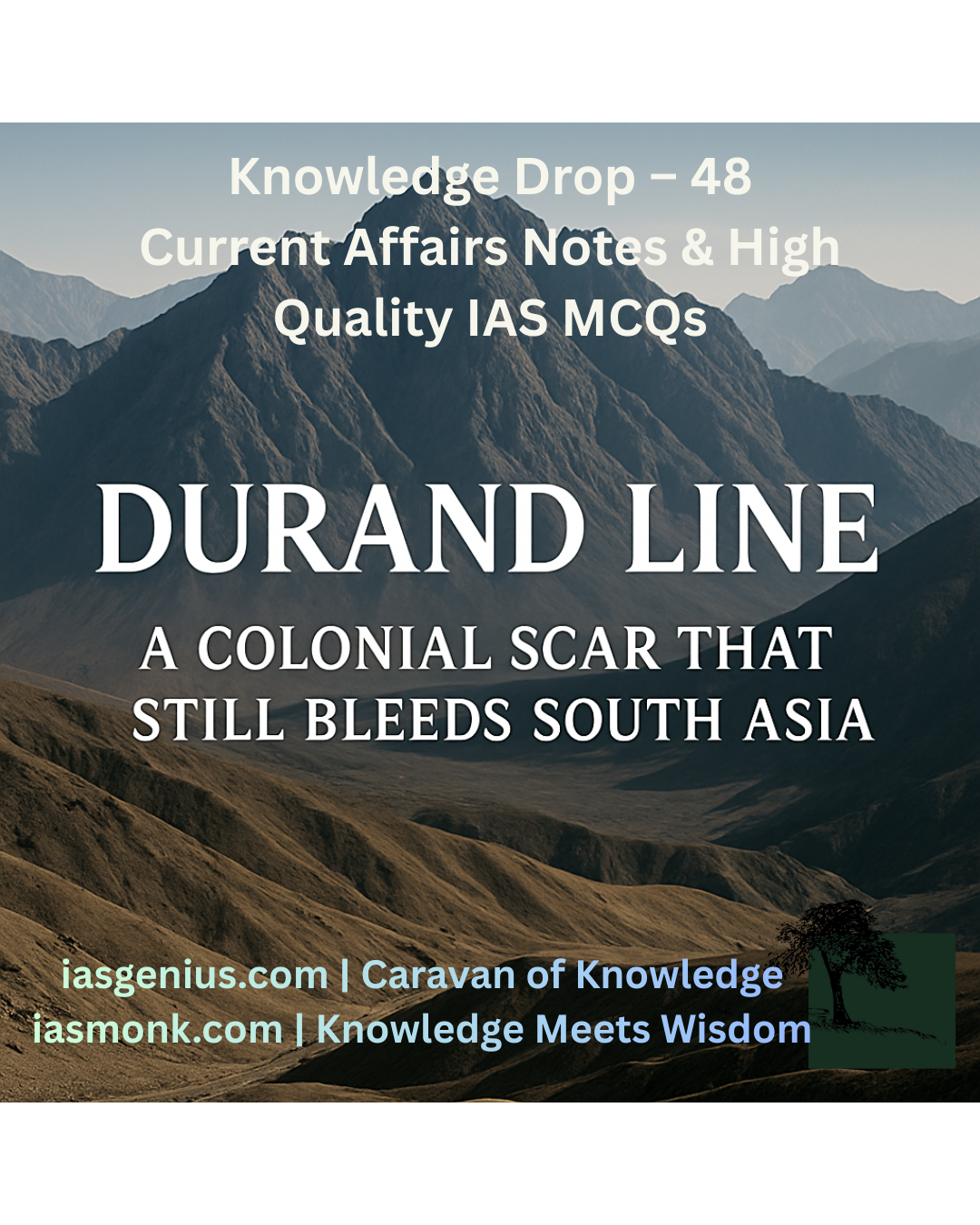
📅 May 5, 2025, Post 3: Return to the Rock: Trump Proposes Reopening Alcatraz for America’s Violent Offenders | Mains Essay Attached | Target IAS-26 MCQs Attached: A complete Package, Dear Aspirants!
Return to the Rock: Trump Proposes Reopening Alcatraz for America’s Violent Offenders

INTERNATIONAL HERO — PETAL 003
🗓️ May 5, 2025
Thematic Focus: US Politics 🇺🇸 | Law & Order ⚖️ | Symbolic Governance
🗝️ Opening Whisper
What once held ghosts of the past may soon echo with the footsteps of the present — but is justice served by steel, or by soul?
Key Highlights
• US President Donald Trump announced that he has directed the Federal Bureau of Prisons to reopen the infamous Alcatraz prison, located in the San Francisco Bay, to house “America’s most ruthless and violent offenders.”
• In a Truth Social post, Trump described Alcatraz as a “symbol of law, order, and justice”, criticizing the country’s current handling of violent and repeat offenders.
• Alcatraz operated as a federal prison until 1963, once housing infamous criminals like Al Capone, before being shut due to high maintenance costs and isolation challenges.
• The island fortress is considered one of the most secure prison locations in US history, surrounded by icy waters and strong currents, making escape virtually impossible.
• According to prison records, no escapees were ever officially confirmed — though five inmates remain missing, presumed drowned.
• Trump told reporters that reopening Alcatraz was “just an idea” he had while returning from Florida — and decided to act on instinct, reinforcing his campaign image of tough-on-crime governance.
• Critics, including former House Speaker Nancy Pelosi, called the proposal “not serious”, citing Alcatraz’s status as a popular tourist destination and national park.
• The move is seen by analysts as a symbolic appeal to law-and-order voters, though practical challenges and political opposition remain.
🧭 GS Paper Mapping
• GS Paper 2 – International Governance & Polity
🔹 Executive Decisions in US Politics
🔹 Criminal Justice Reform vs. Symbolic Penal Action
🔹 Role of Institutions like BOP
• GS Paper 1 / Essay – Modern History and Cultural Symbols
🔹 Alcatraz as a historical symbol of punishment
🔹 Changing notions of crime and justice in democratic societies
💭 A Thought Spark — by IAS Monk
A prison island reawakens — not from necessity, but nostalgia. But can a democracy evolve by reviving relics of fear, or must it reimagine justice as something deeper than a locked cell?
High Quality Mains Essay For Practice :
Word Limit 1000-1200
“The Paradox of Freedom and Prisons in the Modern Democratic World”
Introduction: The Lock and the Key in the House of Liberty
In a world that proudly proclaims liberty, the presence of prisons seems almost paradoxical. Democracies are founded on the values of freedom, dignity, and justice. Yet, behind the high walls of penitentiaries, millions live in cages — many indefinitely, some unjustly. Why do societies that champion freedom build more prisons? This contradiction reveals the complex relationship between civil liberties and civil order — a dance between protection and punishment, between rights and restrictions.
The essay explores this tension — the paradox of prisons within free democratic societies — by tracing its philosophical roots, legal necessities, societal interpretations, and evolving global trends.
I. The Birth of the Paradox: Freedom Requires Boundaries
The very idea of democracy is not one of anarchy, but ordered liberty. Rousseau wrote, “Man is born free, yet everywhere he is in chains.” Democratic societies safeguard freedoms — of speech, religion, movement — but only as far as they don’t infringe on others’ rights.
Thus, laws are born. And where laws are broken, punishment follows. Prisons become a tool of enforcement, a deterrent, a containment mechanism. Ironically, to ensure freedom for the many, the freedom of a few must be taken away.
Herein lies the paradox: freedom necessitates the very instruments that suspend it.
II. Prisons in Democracies: Necessary or Outdated?
Democratic nations often justify prisons as:
- Protective: shielding society from violent offenders
- Corrective: offering rehabilitation and reintegration
- Deterrent: sending a message against criminality
- Retributive: delivering justice to victims
Yet, modern research shows that prisons often fail to rehabilitate and disproportionately punish the marginalized. In countries like the US, UK, and India, a large portion of prisoners are from disadvantaged communities — minorities, the poor, the mentally ill.
In India, over 75% of prisoners are undertrials — not convicted but simply too poor for bail. In the US, the world’s most vocal democracy, the country also leads in incarceration rates — over 2 million people imprisoned, many for non-violent offenses.
If prisons are meant to uphold justice, why do they so often reflect structural injustice?
III. Philosophical Lens: Can Freedom Exist Without Confinement?
This paradox has deep philosophical roots. Thinkers like Foucault, in Discipline and Punish, argue that modern societies replaced visible punishments with invisible control — surveillance, prisons, and institutional discipline.
Prisons, in this view, are not just about punishment but about power. They reflect who holds power and who is subjected to it. While the state claims to imprison in the name of justice, it often imprisons in the name of control.
In contrast, Gandhi, who himself spent years in prison, viewed imprisonment as a space of moral resistance. For him, the prison cell was paradoxically a place of inner freedom, because he chose it for a higher ethical cause.
So, can a cell ever liberate? Can freedom exist in confinement? The answer depends on who is being imprisoned, why, and how.
IV. The Democratic Dilemma: Rule of Law vs. Human Rights
In a democracy, imprisonment must meet certain standards:
- Due process of law
- Proportionate punishment
- Protection of human dignity
- Pathways for rehabilitation
However, prison overcrowding, torture, solitary confinement, and judicial delays make many democratic prisons closer to punitive warehouses than places of justice.
Take solitary confinement, used even in democratic states, which UN experts call a form of psychological torture. Or mass surveillance, which may avoid prison bars but traps citizens in digital prisons.
Thus, democracies face a dilemma: How to uphold order without violating the spirit of liberty?
V. New Models: The Rise of Restorative Justice
Amidst this paradox, new models are emerging.
Restorative justice, used in New Zealand, Norway, and tribal societies, focuses not on locking people away, but on:
- Understanding the harm done
- Rebuilding the relationship between offender, victim, and society
- Reintegrating the offender with dignity
In Norway, prisons resemble dormitories. Inmates cook, study, and prepare for reintegration. The recidivism rate is under 20%, compared to over 60% in the US.
In India, some jails are experimenting with education, yoga, and open-air programs. The Tihar Jail music band, for instance, offered prisoners an avenue of self-expression and healing.
These models remind us that punishment without transformation is merely vengeance. And vengeance has no place in democracy.
VI. Prisons as Mirrors of Society
Ultimately, prisons reflect the health of a democracy. A nation that builds more jails than schools, that detains without trial, or treats prisoners as less than human — imprisons not just bodies, but values.
Freedom in a democracy is not the absence of restraint, but the presence of justice, compassion, and equality. If prisons must exist, they must evolve — from cages of control to centers of correction, from isolation to integration.
Conclusion: Reimagining Justice in the Age of Liberty
The prison stands as a contradiction in the middle of liberty’s road. Yet perhaps, it need not be a contradiction — if its purpose is transformed, and its design humanized.
In a truly democratic world, the ideal should not be to build better prisons — but to build a better society that needs fewer.
Until then, every lock must come with a question: Who holds the key?
Quote to End With
“The degree of civilization in a society can be judged by entering its prisons.” — Fyodor Dostoevsky
Target IAS-26: Daily MCQs : May 5, 2025
📌 Prelims Practice MCQs
Topic:
MCQ 1 – Type 1: How many of the above statements are correct?
Q. Consider the following statements regarding the reopening of Alcatraz Prison as proposed by Donald Trump:
• 1) Alcatraz was originally closed in 1963 due to high operational costs and its isolated island location.
• 2) Trump referred to Alcatraz as a “symbol of law, order, and justice” in his Truth Social post.
• 3) Alcatraz prison is located in the Gulf of Mexico, near the Florida coastline.
• 4) Nancy Pelosi criticized the proposal, citing that Alcatraz is now a national park and a major tourist attraction.
Options:
A) Only two
B) Only three
C) All four
D) Only one
🌀 Didn’t get it? Click here (▸) for the Correct Answer & Explanation
✅ Correct Answer: B) Only three
🧠 Explanation:
• 1) ✅ Correct – Alcatraz was shut in 1963 due to high costs and challenges related to its island location.
• 2) ✅ Correct – Trump made this statement in his Truth Social post.
• 3) ❌ Incorrect – Alcatraz is located in San Francisco Bay, not the Gulf of Mexico.
• 4) ✅ Correct – Pelosi dismissed the proposal as unserious, noting the site’s tourist significance.
✅ Statements 1, 2, and 4 are correct.
MCQ 2 – Type 2: Two Statements Based
Q. Consider the following statements about the security history of Alcatraz Prison:
• 1) Alcatraz prison had multiple documented cases of successful escapes by inmates.
• 2) Five inmates who attempted escape from Alcatraz were never found and are presumed drowned.
Which of the above statements is/are correct?
A) Only 1 is correct
B) Only 2 is correct
C) Both are correct
D) Neither is correct
🌀 Didn’t get it? Click here (▸) for the Correct Answer & Explanation
✅ Correct Answer: B) Only 2 is correct
🧠 Explanation:
• 1) ❌ Incorrect – Officially, Alcatraz never had a confirmed successful escape.
• 2) ✅ Correct – Five inmates went missing during escape attempts and are presumed drowned.
✅ Only statement 2 is correct.
MCQ 3 – Type 3: Which of the following statements is/are correct?
Q. Which of the following statements correctly describe the context and implications of Trump’s proposal to reopen Alcatraz?
• 1) The proposal aims to house America’s most violent and repeat criminal offenders.
• 2) Trump made the announcement during a press conference inside the reopened Alcatraz facility.
• 3) Critics argue the move is more symbolic and politically motivated than practical.
• 4) Alcatraz has been functioning as a federal prison continuously since the 1960s.
Options:
A) 1 and 3 only
B) 1, 2, and 3 only
C) 1, 3, and 4 only
D) All four
🌀 Didn’t get it? Click here (▸) for the Correct Answer & Explanation
✅ Correct Answer: A) 1 and 3 only
🧠 Explanation:
• 1) ✅ Correct – Trump said the reopened facility would house violent offenders.
• 2) ❌ Incorrect – The announcement was made while returning from Florida; Alcatraz is not yet reopened.
• 3) ✅ Correct – Critics, including Pelosi, called the move political and symbolic.
• 4) ❌ Incorrect – Alcatraz ceased prison operations in 1963 and has since been a tourist site.
✅ Only statements 1 and 3 are correct.
MCQ 4 – Type 4: Direct Fact
Q. Which of the following is the largest bay by surface area in the United States?
A) San Francisco Bay
B) Chesapeake Bay
C) Mobile Bay
D) Tampa Bay
🌀 Didn’t get it? Click here (▸) for the Correct Answer & Explanation.
✅ Correct Answer: B) Chesapeake Bay
🧠 Explanation:
• Chesapeake Bay is the largest estuary (bay) in the United States, with a surface area of approximately 11,600 square kilometers (4,479 sq mi).
• It is not the largest bay in the world — that title goes to the Bay of Bengal, which is the largest in terms of area (~2.2 million sq km) and lies in South Asia.
• Geographic Location of Chesapeake Bay:
🔹 Lies on the East Coast of the United States.
🔹 Bordered by Maryland to the north and Virginia to the south.
🔹 Opens into the Atlantic Ocean.
🔹 Fed by over 150 rivers, the largest being the Susquehanna River.
• The bay is crucial for U.S. marine biodiversity, fisheries, naval operations, and historical trade.
✅ This is a potential map-based question under U.S. Geography / Environmental Geography.



